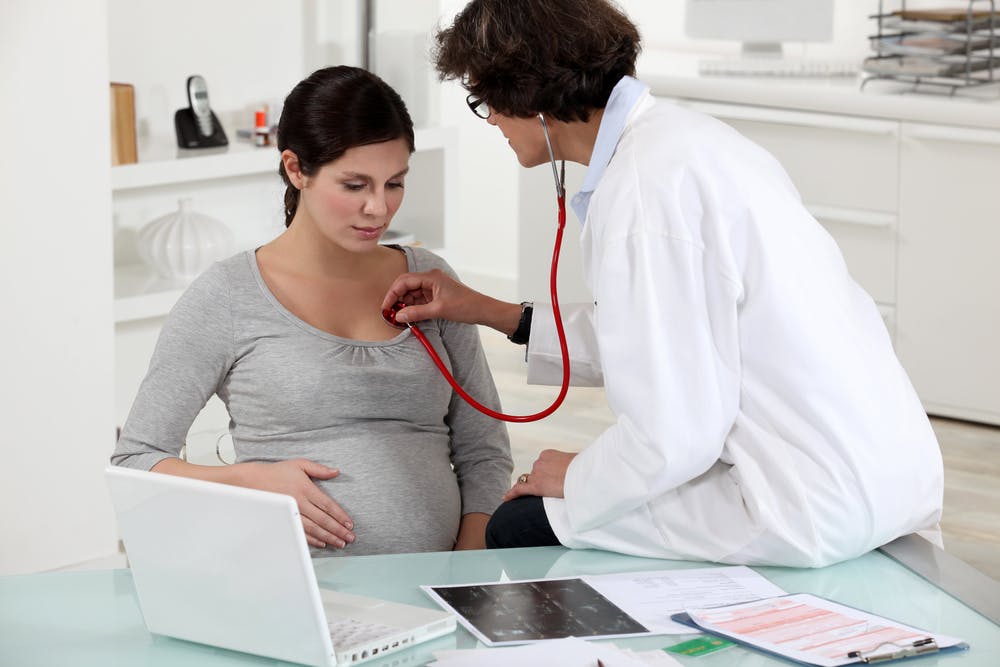Preeclampsia affects 5-7 percent of pregnant patients worldwide. In the U.S. alone, preeclampsia affects about 1 in 25 pregnancies and is a leading cause of maternal death.
Historically, this serious condition was thought to be a placental disease, but some research suggests that it may actually be cardiovascular in nature. Moreover, patients who experience preeclampsia during pregnancy sustain damage to the heart and are at increased risk of developing heart failure later in life.
Preeclampsia as a Heart Condition
Dr. Basky Thilaganathan is a highly revered consultant in fetal medicine and obstetrics who practices at the London-based Ultrasound Diagnostic Services clinic. He is also a professor of maternal-fetal medicine at St. George's Hospital in London. Thilaganathan's main clinical interests include fetal growth restriction due to placental dysfunction, preeclampsia, as well as multiple pregnancies. He has authored more than 300 peer-reviewed publications on these subjects, including evidence that preeclampsia is a cardiovascular disorder rather than a placental disorder. In a 2017 TED Talk, Thilaganathan laid out an argument for looking at preeclampsia in this way.
Conventionally, delivery of the baby (and therefore, the placenta) supported the idea that the placenta caused preeclampsia — no more placenta, no more preeclampsia. However, the additional connection between women developing preeclampsia and later developing heart disease or stroke made Thilaganathan question this prevailing view. He wondered: If the placenta had been delivered decades earlier, how could it still impact the mother's heart?
He noted that women with preeclampsia have been found to have decreased heart function during pregnancy and that certain reported symptoms of pregnancy — shortness of breath, swollen ankles, lack of energy and confusion — are the same as those of heart failure. He also observed that pregnancy exerts more load on the heart than elite athletes face through years of training and suggested that some women's hearts may not be able to keep up, potentially leading to long-term complications.
Detecting and Treating Preeclampsia
Researchers now consider two possible types of preeclampsia:
- Early-onset is caused by defective placentation or abnormalities in the placenta and impaired fetal growth.
- Late-onset is caused by maternal cardiovascular maladaptation in pregnancy.
Early-onset preeclampsia is associated with low cardiac output and high vascular resistance, putting women at risk of heart failure months after giving birth. Alternatively, late-onset preeclampsia causes high cardiac output, with normal or low vascular resistance, and intravascular fluid overload, according to a review in the American Journal of Obstetrics & Gynecology.
Understanding how preeclampsia develops and presents can lead to more tailored treatments, preventing unnecessary maternal death. Hemodynamic assessment through ultrasound and Doppler ultrasound, for example, can keep a close eye on the parent and baby during pregnancy. Moreover, any patients who develop preeclampsia should have consistent cardiac monitoring to detect and manage heart disease.





